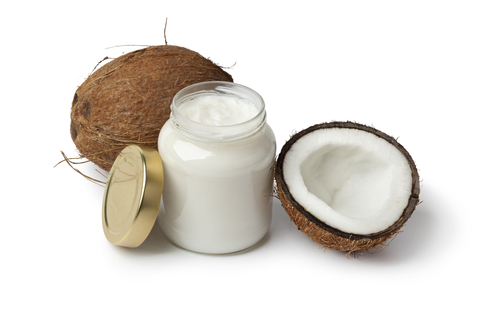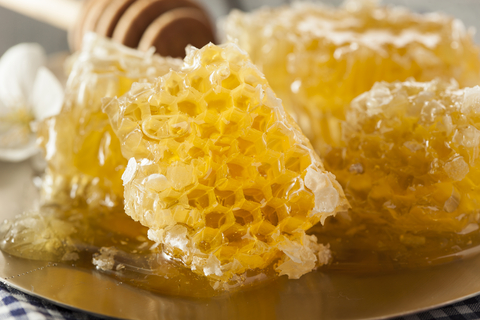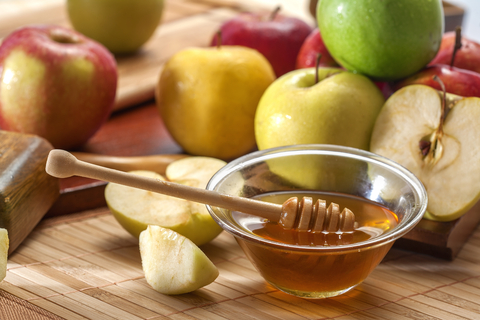- Start with a high-fiber cereal for breakfast. Top it with fresh fruit for an added boost.
- Add crushed bran cereal to recipes such as meatloaf, muffins, casseroles, or salads.
See Elaine’s Blueberry-Yogurt Bran Muffin Recipe
- Eat fruit at every meal. Eat the skin when possible and don’t substitute fruit juices.
- Be creative with your fruit consumption to easily get more fiber. Smoothies are an excellent way to get in more fruit servings. Make salsas out of fruit and use with fish.
- Make snacks count to help you get more fiber! Eat dried fruit, raw vegetables, low-fat popcorn, etc. Check out high-fiber, delicious Gnu bars. For less than a 150 calories, you can enjoy a filling snack that provides 12 grams of fiber!
- Use whole-grain breads. If you don’t like the taste, work up to them by changing from white to one of the new “whole wheat white” breads first, or eat a sandwich with one slice of white and one slice of whole-grain.
- Eat a salad every night with dinner to get more fiber. Add a variety of raw, fresh vegetables and fruit to keep them interesting. Top your salad with 2 teaspoons of olive oil and lemon juice or vinegar. Try eating salads in creative ways. Put a handful of salad on a piece of fish before you bake it.
- See the recipe for Fish in a Foil Pouch. Add salad to the top of white pizza. Include a handful of salad in a whole-wheat wrap with raw or sautéed vegetables.
- Eat the skin of the potato. Cut down on calories by squeezing the juice of a fresh lemon on your baked potato. (This is an old Weight Watchers trick that tastes divine!) Try salsa on your baked potato or cook up some broccoli mixed with 2% Velveeta and load it up!
- Speaking of potatoes, start making sweet potatoes a regular part of your diet. If you’re like me and not a fan, ease into it with sweet potato fries. Cut into small wedges, shake in a plastic bag with 2 teaspoons of olive or canola oil, spread on a cookie sheet sprayed with Pam, and sprinkle with salt, pepper, and garlic powder. Bake for 20-30 minutes at 400, depending on the size of your wedges.
- Try eating some vegetables that are out of your “comfort zone.” Many of the vegetables that you didn’t like as children may be delicious to you now. Try Brussels sprouts or Swiss chard. See the recipe for Brussels Sprouts with Bacon.
- Just pick up a new vegetable each week at the grocery store. They’ll tell you how to cook it, or go online for cooking tips.
- Add whole-grained products to yogurt or soup.
- Use whole-grained flour or soy flour instead of refined white flour.
- Eat whole-grained pasta instead of white pasta. If you haven’t tasted it in awhile, it’s come a long way. It is truly delicious!
- Go nuts, but watch those calories! I like to take about 10-shelled pistachio nuts and crush them in a small baggie (with a hammer) before adding them to salad. Yum!
- Pre-bag almonds and other nuts into portion-controlled baggies for high-protein, high-fiber snacks.
- Start adding fiber slowly to your diet. Too much at once can cause bloating, cramping, and gas! If this happens, back off and start adding a little more each day until you reach the recommended amount.
- Fiber absorbs many times its own weight in liquid. It’s essential to drink plenty of water. Shoot for at least 6-8 glasses each day. This excess bulk formed by fiber and liquid helps to keep your digestive system healthy.
“Great changes may not happen right away, but with effort, even the difficult may become easy.”
B. Blackman



